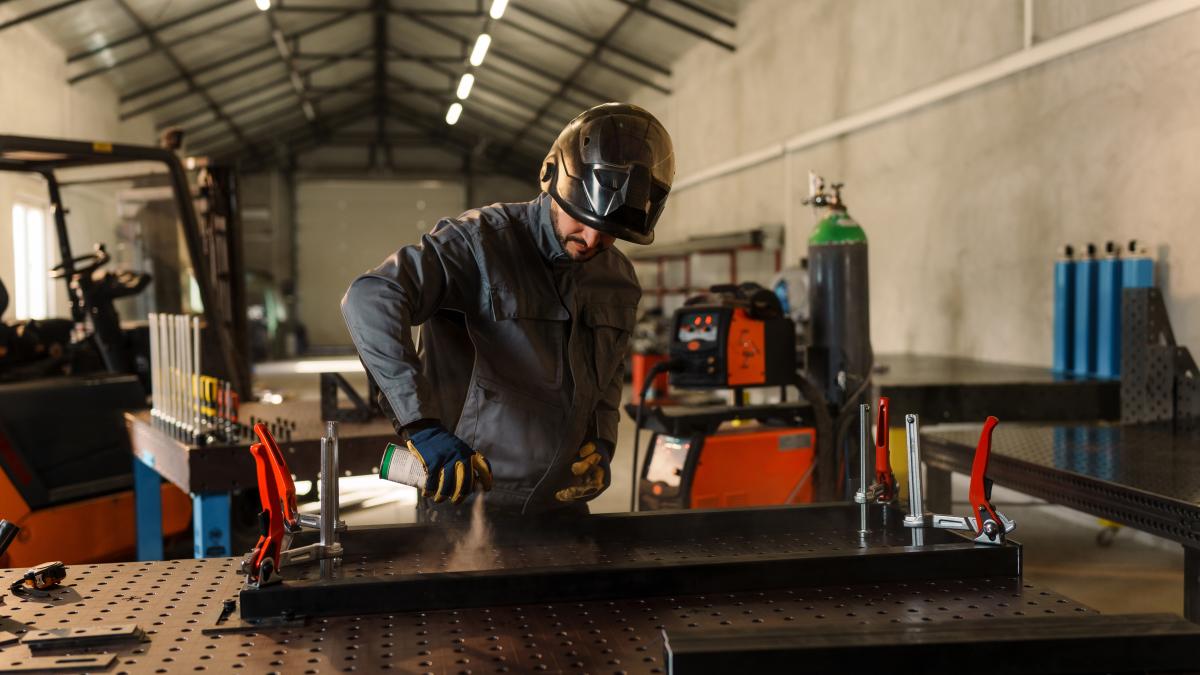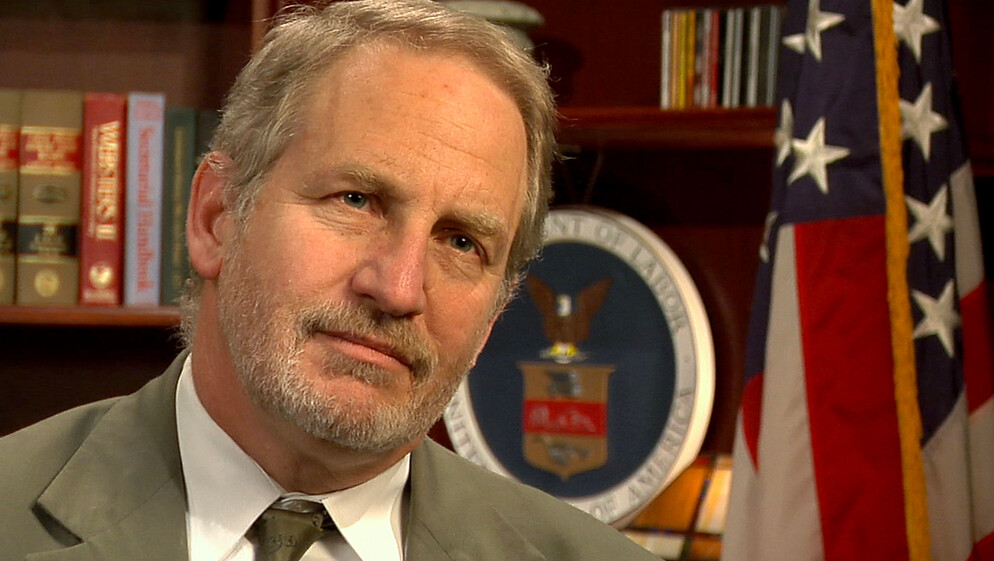
This annual DEOHS lecture series honors public health advocate and founding DEOHS faculty member Peter Breysse. Our 2025 featured speaker: Jordan Barab
Workplace safety and health in the current political landscape
The UW Department of Environmental & Occupational Health Sciences (DEOHS) welcomes Jordan Barab as our 2025 Breysse Lecture speaker.
October 16, 2025: 12:30-1:20 p.m. PT
Hans Rosling Center for Population Health (HRC) 155
Reception to follow in HRC 280 (above Starbucks)
The lecture will also be available via Zoom.
About Jordan Barab

Jordan Barab has served as the Occupational Safety and Health Administration's (OSHA) deputy assistant secretary of labor for occupational safety and health as well as acting assistant secretary. He has also served as a senior labor policy adviser for health and safety in the House Education and Labor Committee, where he organized hearings and conducted oversight investigations.
Barab worked on workplace safety issues for the U.S. Chemical Safety and Hazard Investigation Board, was a health and safety specialist for the AFL-CIO and directed the safety and health program for the American Federation of State, County and Municipal Employees.
He is the creator and writer of the award-winning blog Confined Space.
Barab holds a master's degree from The Johns Hopkins University and an undergraduate degree from Claremont McKenna College.
About Peter A. Breysse and the lecture series
This annual lecture series is open to the public and hosted by the UW Department of Environmental & Occupational Health Sciences (DEOHS).
The Peter A. Breysse Memorial Lecture honors founding DEOHS faculty member Peter Breysse, who led the creation of the department’s industrial hygiene program.
The family of Breysse, who passed away in 2010, established this endowed lecture series to recognize Breysse’s dedication to public health and his advocacy in protecting the public from exposure to harm at work, in their homes and in the environment.
Breysse’s career as a researcher was varied. He tested mercury vapor exposures in dental offices and measured noise levels around the Seattle-Tacoma airport when the port embarked on a major expansion plan, prompting residents of the area to file lawsuits. He led research to detect formaldehyde in mobile homes across the Pacific Northwest, work that led to changes in industry standards and that helped establish the field of indoor air quality.
He evaluated air quality in the Metro sewer system when its tunnels were first excavated and studied heaters linked to carbon monoxide and camper deaths. He was a leader and advocate for improving air quality standards, serving as chair of the Seattle-King County Air Pollution Advisory Board in 1963.
Breysse frequently advocated for prevention measures and stronger laws. A journalist at The Seattle Times once dubbed Breysse the “Ralph Nader of the Northwest” in a 1986 story about Breysse’s persistence and determination to protect the public from exposures that industry deemed harmless.
Over his 40-year tenure in the profession, Breysse mentored many students, influencing them to enter the field and instilling in them a drive to improve worker health and safety. He was dedicated to furthering the profession, chairing the American Conference of Governmental Industrial Hygienists (ACGIH) and the Pacific Northwest section of the American Industrial Hygiene Association, and serving as a member of the American Industrial Hygiene Board and the ACGIH Physical Agents Committee.
Past lectures
2024: Maggie Leland, JD, MSPH, Policy Director for the Washington Department of Labor and Industries (L&I). Title: Advancing Worker Safety Through Public Policy.
2023: Julie Sorensen, PhD, MA, Director of the Northeast Center for Occupational Safety and Health: Agriculture, Forestry and Fishing. Title: Behavioral Science Insights: Nudging Workers and Employers Toward Safer Behaviors. Watch on Youtube
2022: Joseph Allen, DSc, MPH, Associate Professor at Harvard University’s T.H. Chan School of Public Health and director of Harvard’s Healthy Buildings Program. Title: The Nexus of COVID, Climate and Worker Health.
2021: Walter A. Jones, MSc, CIH, Director of Occupational Safety and Health for the Laborers' Health and Safety Fund of North America. Title: The Future of OSH, Construction Safety, Health Inequities and Other Musings from 30 years of Service.
2020: Lisa Brosseau, ScD, CIH, Research Consultant, Center for Infectious Disease Research and Policy. Title: SARS-CoV-2 Aerosol Transmission: Lessons Learned–So Far
2019: Charles Geraci, PhD, CIH, FAIHA, Associate Director for Emerging Technologies, National Institute of Occupational Safety and Health. Title: Emerging Technologies: Changing the Landscape for Worker Health and Safety.
2018: Margaret M. Quinn, ScD, CIH, Professor and Director, Safe Home Care Project, Department of Public Health, Zuckerberg College of Health Sciences, University of Massachusetts Lowell. Title: Protecting the Health of the Fastest Growing Job in America: Home Care.
2017: Patricia Stewart Stenzel, Stewart Exposure Assessments. Title: Exposure Assessment Issues in Epidemiologic Studies.
2016: Steven Shea, PhD, Director, Oregon Institute of Occupational Health Sciences at Oregon Health Sciences University. Title: The Effects of Night Shift Work on Health.
2015: Bill McArthur, PhD, MSPH, Director, Office of Worker Safety and Health Policy, US Department of Energy. Title: Engineered Nanomaterial—Department of Energy’s Regulatory Approach.
2014: Joseph Coble, ScD, MSPH, Director, Office of Technological Feasibility, Occupational Safety and Health Administration.
2013: Glenn Talaska, PhD, Professor, Environmental and Public Health Sciences, College of Medicine, University of Cincinnati.
2012: Patrick Breysse, PhD, MHS, Professor of Industrial Hygiene, Johns Hopkins Bloomberg School of Public Health, Johns Hopkins University. Title: Indoor Air Quality and Health.